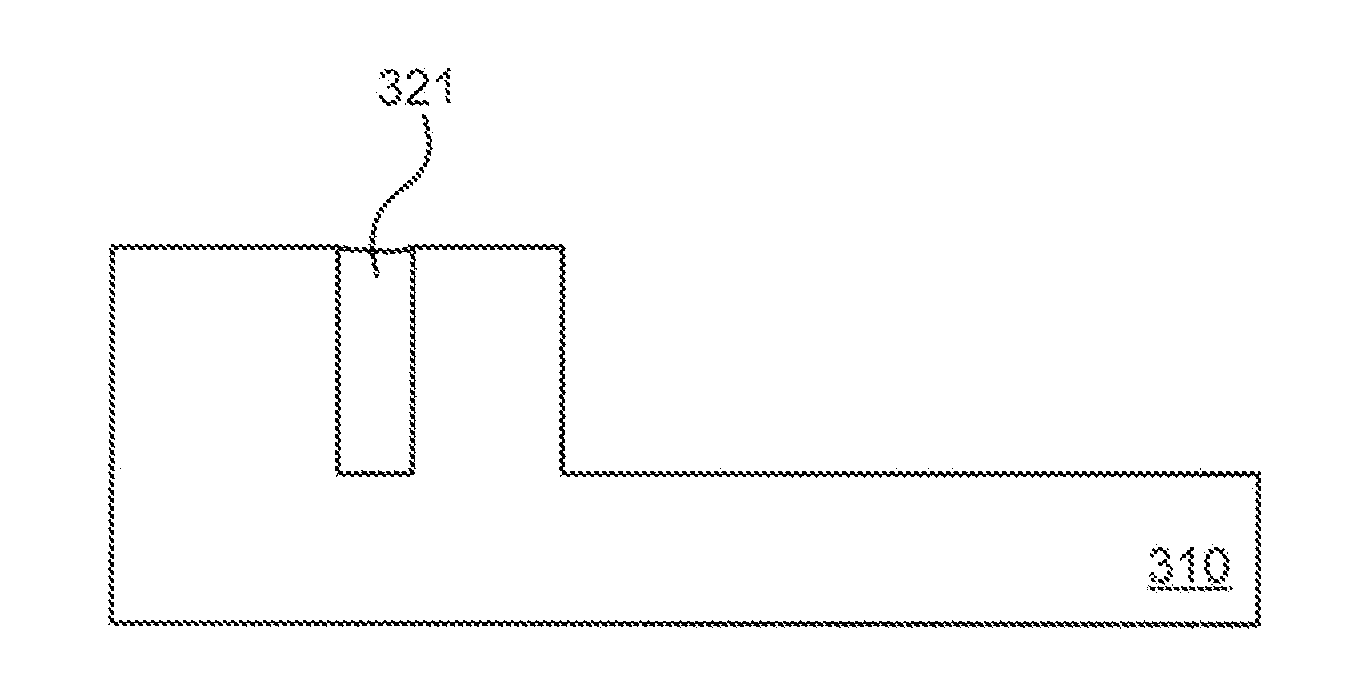Preferential dielectric gapfill
a dielectric gap and dielectric technology, applied in the direction of basic electric elements, electric apparatus, semiconductor/solid-state device manufacturing, etc., can solve the problem of rarely desirable etching, and achieve the effect of rapid etching
- Summary
- Abstract
- Description
- Claims
- Application Information
AI Technical Summary
Benefits of technology
Problems solved by technology
Method used
Image
Examples
Embodiment Construction
[0016]Aspects of the disclosure pertain to methods of preferentially filling narrow trenches with silicon oxide while not completely filling wider trenches and / or open areas. In embodiments, dielectric layers are deposited by flowing a silicon-containing precursor and ozone into a processing chamber such that a relatively dense first portion of a silicon oxide layer followed by a more porous (and more rapidly etched) second portion of the silicon oxide layer. Narrow trenches are filled with dense material whereas open areas are covered with a layer of dense material and more porous material. Dielectric material in wider trenches may be removed at this point with a wet etch while the dense material in narrow trenches is retained.
[0017]Embodiments of the invention are directed to methods of forming silicon oxide preferentially in narrow trenches on a patterned surface of a substrate. Sub-atmospheric CVD (SACVD) and related processes involve flowing a silicon-containing precursor and a...
PUM
| Property | Measurement | Unit |
|---|---|---|
| width | aaaaa | aaaaa |
| depth | aaaaa | aaaaa |
| temperature | aaaaa | aaaaa |
Abstract
Description
Claims
Application Information
 Login to View More
Login to View More - R&D
- Intellectual Property
- Life Sciences
- Materials
- Tech Scout
- Unparalleled Data Quality
- Higher Quality Content
- 60% Fewer Hallucinations
Browse by: Latest US Patents, China's latest patents, Technical Efficacy Thesaurus, Application Domain, Technology Topic, Popular Technical Reports.
© 2025 PatSnap. All rights reserved.Legal|Privacy policy|Modern Slavery Act Transparency Statement|Sitemap|About US| Contact US: help@patsnap.com



